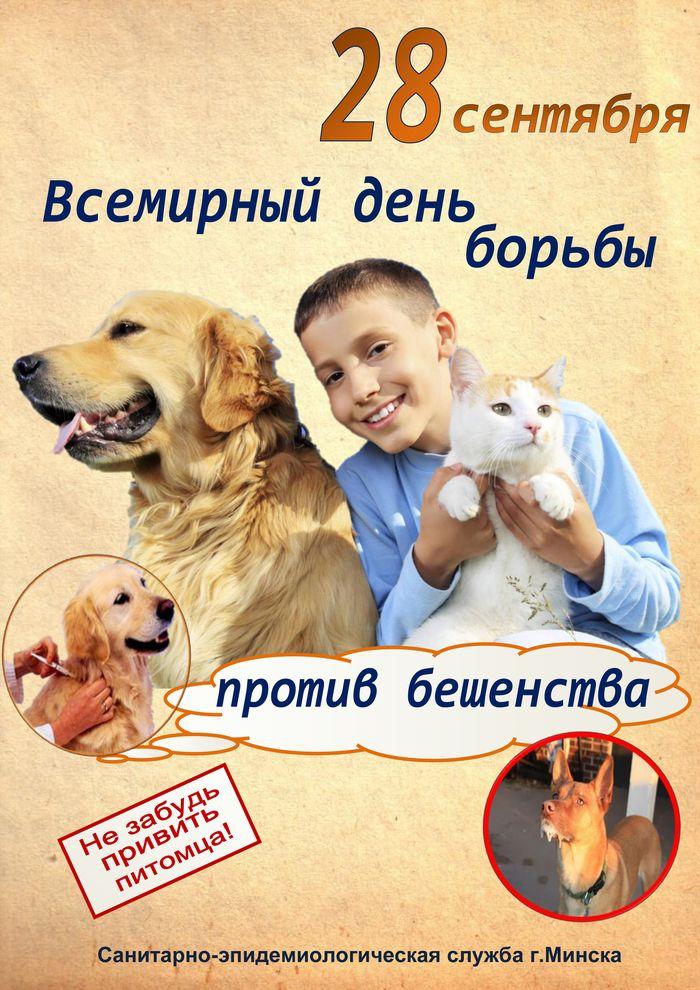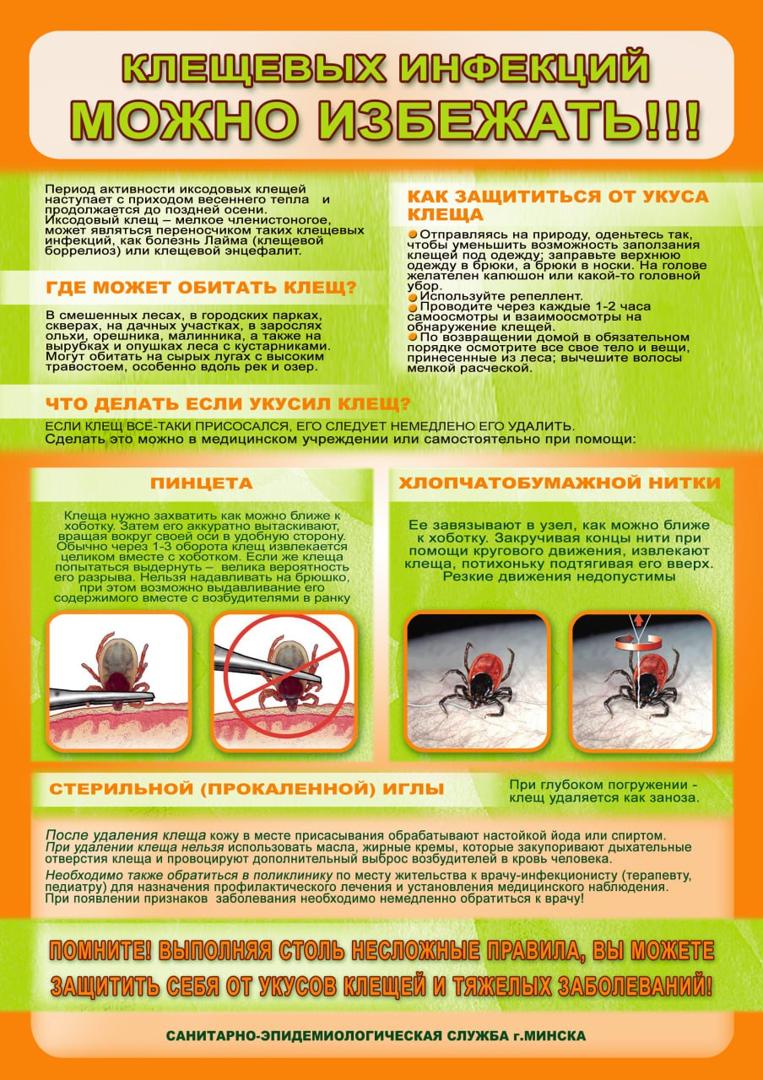This page has been translated automatically and has not yet been verified by experts.
World Rabies Day is celebrated annually on September 28, an initiative of the Global Rabies Control Alliance with the support of the World Health Organization.
Rabies is an acute natural focal infection and poses a serious threat.
Rabies affects almost all species of mammals. The Republic of Belarus is one of the countries where, for a long time, the rabies virus among animals is more often spread by wild carnivores, with a high population density.
There is an increase in the number of cases of rabies among animals in the Gomel, Brest and Vitebsk regions, a decrease in the number of cases in the Grodno, Minsk and Mogilev regions. In Minsk, 1 case of cat rabies was registered.
The largest share falls on wild animals – 47.1% of cases. The structure of sick animals is still dominated by the fox (79.6%). Wild animals infect domestic animals (dogs and cats), as well as farm animals (cattle, horses and other herbivores). The incidence of rabies among domestic animals (dogs and cats, including stray ones) increased by 39.7%. In most cases (82.7%), rabies occurred in animals that had owners, but were not vaccinated against rabies (who did not vaccinate their pets against rabies).
The number of people who applied to healthcare organizations of the republic for anti-rabies assistance over 6 months. 2016, compared to the same period in 2015, increased by 4.3% (by 437 people), due to contact with animals with rabies – by 23.1% (by 61 people) and amounted to 325 people. In the whole of the republic, 10,670 people applied for anti-rabies help, of which 2,971 (27.8%) were children under 18 years of age. At the same time, 66.5% of victims came into contact with dogs, 28.3% with cats, 2.9% with wild animals, and 2.3% with farm animals.
8154 persons (76.4% of all applicants, in 2015 – 68.6% of all applicants) were prescribed therapeutic and prophylactic vaccinations against rabies.
Persons who, due to the nature of their work, have a risk of contracting rabies (performing work on catching and keeping stray animals, working with wild rabies virus, veterinarians, slaughterhouse workers, taxidermists, hunters, foresters, gamekeepers) are given preventive immunization against rabies. In just 6 months of this year, 2,757 people were vaccinated for preventive purposes.
For reference: Rabies is a fatal disease that can be prevented. Medical workers have quite effective medicines (vaccine and immunoglobulin) in their arsenal; they provide protection against rabies if the victims consult a doctor (surgeon, traumatologist) in a timely manner (the clock counts).
Rabies can be prevented by knowing and following simple rules of behavior.
It is necessary to follow the established rules for keeping pets (dogs, cats) and annually, without fail, take your pets to the veterinary station at your place of residence for preventive vaccinations against rabies.
It should be emphasized that if an animal becomes ill, there is a change in its behavior, it receives injuries from another animal, as well as in the event of the death of a pet, it is necessary to contact a veterinary specialist to establish a 10-day observation of the animal or to determine the cause of its death.
Children often suffer from injuries caused by animals, so it is necessary to constantly educate them.
Try to avoid unnecessary contact with animals, especially wild and/or stray animals. You should not play with unfamiliar dogs, cats and other animals.
It is not recommended to pick up in the country, in the forest, etc. wild animals.
Not only bites and scratches are dangerous to humans, but also salivation of damaged skin and mucous membranes caused by a sick or suspected rabid animal.
In those cases when contact could not be avoided, it is necessary :
- carry out initial treatment of the wound – thoroughly rinse the wound surface for at least 15 minutes. a stream of soapy water;
- treat the edges of the wound with 5% tincture of iodine;
- apply a sterile bandage and immediately contact a medical facility.
Unfortunately, a person with rabies cannot be cured. Treatment is reduced to alleviating the general condition of the patient. In this regard, it is the prevention of rabies that becomes extremely important .
The great scientist Louis Pasteur has the honor of creating a vaccine against rabies, which was successfully used for the first time on July 6, 1885. Then, thanks to vaccination, a boy who was bitten by a rabid dog was saved.
Vaccinations to this day remain the only reliable means of protecting people after contact with animals. However, the effectiveness of immunization directly depends on timely (within 24 hours) seeking medical help.
Under no circumstances should you refuse the prescribed treatment or interrupt it without permission. This can lead to tragic consequences. The vaccination course, taking into account the results of observation of a pet (dog or cat), can be reduced by the doctor’s decision if the animal remains healthy during the observation period.


